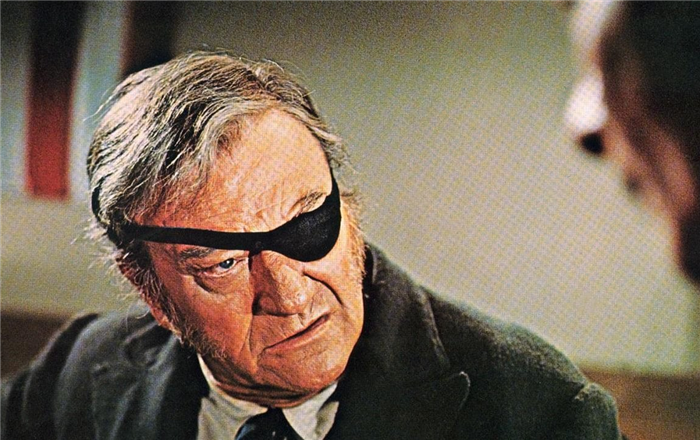John Wayne’s “fight dirty” approach to his action scenes helped shape that movie fights were filmed. Wayne spent many years starring in so-called “Poverty Row” Westerns during the ’30s, where he honed his acting style and screen persona. This period also saw him appear in Haunted Gold, the closest thing to a horror movie Wayne ever made. He eventually broke through with 1939’s Stagecoach, and in the years that followed, became one of the biggest movie stars in the world.
Wayne appeared in many genres, including romantic dramas and Biblical epics, but his screen persona rarely changed. Wayne is one of the defining stars of a bygone Hollywood era and appeared in around 80 Westerns during this lifetime.

This extends to his final role too, with 1976’s The Shootist casting him as a gunslinger dying of cancer; Wayne himself would pass away from the illness in 1979. Wayne has since become a problematic figure in popular culture for many with a well-documented history of sexist, racist and homophobic comments.
Controversial a figure as he might be, there’s little denying his impact on cinema, with the likes of Rio Bravo – which became a thematic trilogy – The Searchers and True Grit considered classics. According to Wayne himself, his persona was carefully crafted during the early stages of his career, from his walk to his slow drawl. Wayne also introduced a sense of brutality to his fight scenes, where he would throw wide arc punches intended to convey power. According to the star, he wanted to undo the cleanness of more traditional screen heroes.

Wayne’s Approach Brought More Realism To Fight Scenes
A quote attributed to Wayne states “Before I came along it was standard practice that the hero must always fight clean. The heavy was allowed to hit the hero in the head with a chair or throw a kerosene lamp at him or kick him in the stomach, but the hero could only knock the villain down politely and then wait until he rose.” Wayne wasn’t having this chivalrousness, believing his characters should seek to end fights quickly. Says Wayne, “I fought hard and I fought dirty. I fought to win.”
Wayne adopted this style throughout the majority of his films in the ’40s and ’50s, and it soon became standard for Westerns or thrillers to feature their heroes “fighting dirty” too, such as the bar fight seen in The Treasure Of The Sierra Madre. The genre itself would, in turn, become darker and more morally ambiguous from the ’60s onwards with Eastwood’s “Man with No Name” character often gunning people down before a fight could even break out. While John Wayne’s approach to filming fights wasn’t intended to set a blueprint, it helped removed the aforementioned cleanness of movie heroes and introduced a grittier element to screen bouts.

Leave a Reply